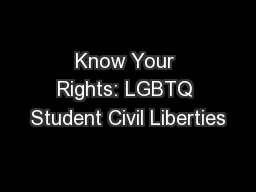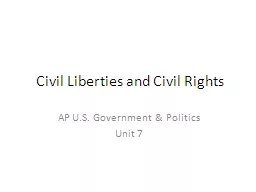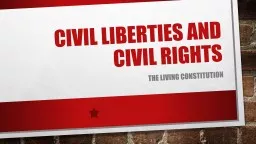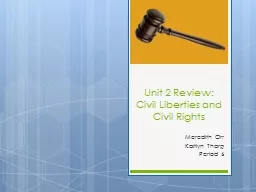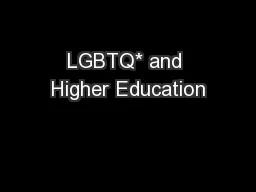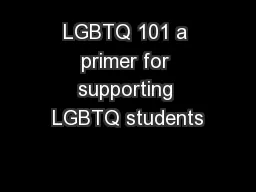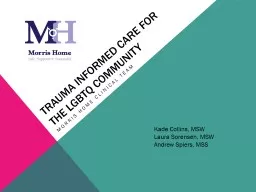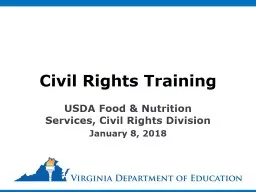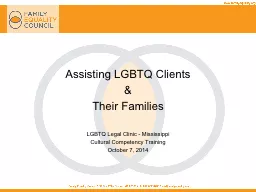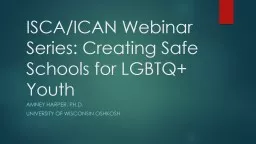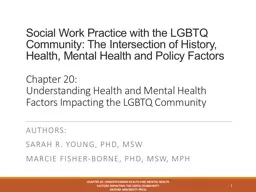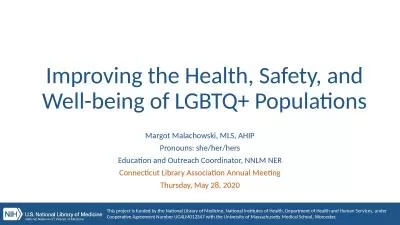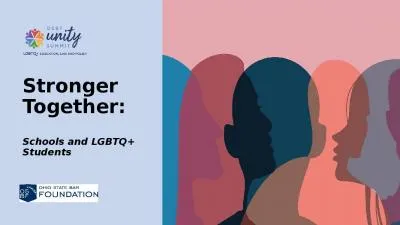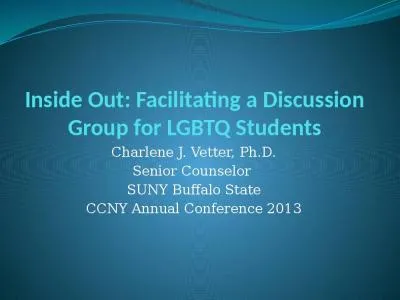PPT-Know Your Rights: LGBTQ Student Civil Liberties
Author : alida-meadow | Published Date : 2017-05-03
American Civil Liberties Union of Southern California The American Civil Liberties Union is a national organization est 1927 Work to defend and preserve the rights
Presentation Embed Code
Download Presentation
Download Presentation The PPT/PDF document "Know Your Rights: LGBTQ Student Civil Li..." is the property of its rightful owner. Permission is granted to download and print the materials on this website for personal, non-commercial use only, and to display it on your personal computer provided you do not modify the materials and that you retain all copyright notices contained in the materials. By downloading content from our website, you accept the terms of this agreement.
Know Your Rights: LGBTQ Student Civil Liberties: Transcript
Download Rules Of Document
"Know Your Rights: LGBTQ Student Civil Liberties"The content belongs to its owner. You may download and print it for personal use, without modification, and keep all copyright notices. By downloading, you agree to these terms.
Related Documents

